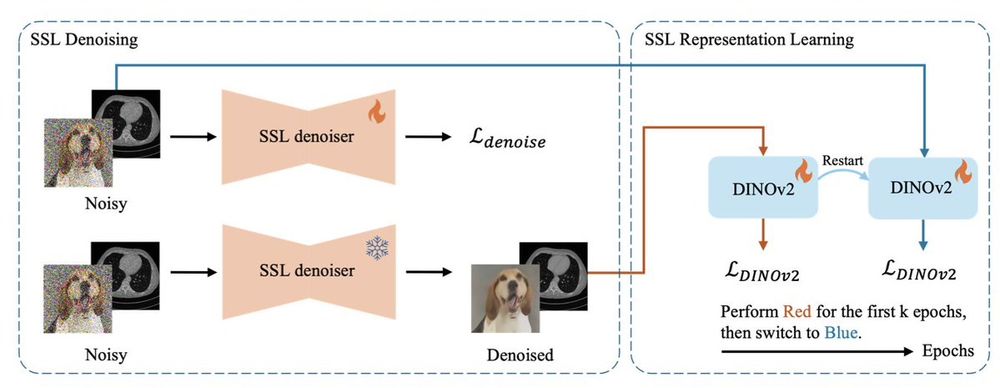Wenquan Lu, Jiaqi Zhang and Hugues Van Hassel
Wenquan Lu, Jiaqi Zhang and Hugues Van Hassel


! And behind it all, MLST and the open Discord channel where we all met!
! And behind it all, MLST and the open Discord channel where we all met!



This amazing work was led by
@pszwnzl.bsky.social , Wojciech Jasiński, Marek Śmieja and Bartosz Zielinski
This amazing work was led by
@pszwnzl.bsky.social , Wojciech Jasiński, Marek Śmieja and Bartosz Zielinski




